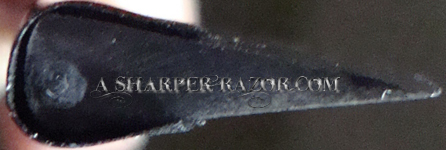1. Heating the Water
The absolute fastest way to get hot water in the morning is to own a hot water pot. The next fastest way to get really hot water is to use the microwave. Fill up a ceramic bowl with water and microwave for ~ 1:15 on high; adjust for personal preference and water amount. Alternatively, you could wait for the hot water from your tap. However, we prefer the first two methods because you can use filtered water.
2. Stropping
There are two ways to save time in the morning. One is to strop the night before. The second is to strop while your water is being heated. We like the microwave method because it gives us a full minute and odd seconds to strop. We also like stropping on the linen/cotton after the shave. More on this in the forthcoming stropping article.
3. Soaking the Beard & Brush
Your brush needs to soak. So does your beard. Might as well get the two out of the way at the same time. Once the water has been heated, drop your brush in the bowl and wash your face/take a shower. You could also wrap your face in a hot towel. The hot towel is quite nice, but you might feel like going back to sleep if you do that.
4. Lathering
Face lathering is quicker than lathering in a bowl, and canned shaving cream is even quicker. However, there is only so far we are willing to go to save time. Cream might be even quicker, but until they invent tallow cream, we prefer our tallow soap.
5. The Actual Shave
Only experience can cut down the time here. Skipping the XTG pass will cut down on the time. While it is possible to go straight to ATG, it isn’t as pleasant. If you move deftly and lather quickly, the actual shave can be cut down to five minutes or so.
There you have it. Our time saving tips. What are yours?






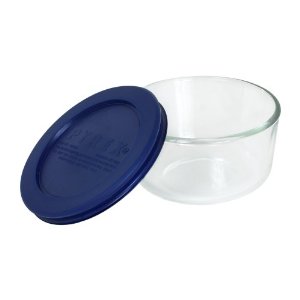
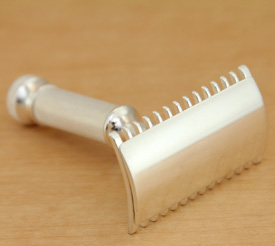 This topic comes up a lot in wetshaving discussions. Which is better, the straight razor shave or the double edge? We like to think of the comparison as between a manual v. automatic car. The manual has more control, you choose when to shift, and better mpg; whereas the automatic is simple, easy, and makes your decisions for you. Obviously, the analogy isn’t perfect, but let’s look at the differences in depth.
This topic comes up a lot in wetshaving discussions. Which is better, the straight razor shave or the double edge? We like to think of the comparison as between a manual v. automatic car. The manual has more control, you choose when to shift, and better mpg; whereas the automatic is simple, easy, and makes your decisions for you. Obviously, the analogy isn’t perfect, but let’s look at the differences in depth.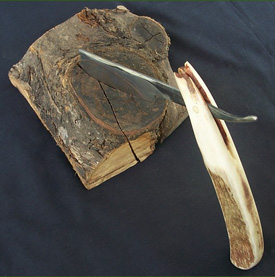
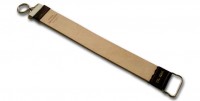
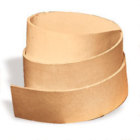 The point of stropping is to remove the oxidation on the edge and realign any burrs that may have formed. Removing the oxidation (rust) keeps the razor’s edge sharper, longer. Oxidation is the enemy of sharpness (honing accomplishes the same objective, but is much more costly and time consuming). Yet, you don’t need an actual strop to start your straight razor journey. An actual strop makes the process easier, looks better, and usually consists of quality components. However, in the end, a strop is just a piece of leather. Regardless of the leather quality, all it is is a piece of leather attached to a mounting point, with or without a handle at the other end.
The point of stropping is to remove the oxidation on the edge and realign any burrs that may have formed. Removing the oxidation (rust) keeps the razor’s edge sharper, longer. Oxidation is the enemy of sharpness (honing accomplishes the same objective, but is much more costly and time consuming). Yet, you don’t need an actual strop to start your straight razor journey. An actual strop makes the process easier, looks better, and usually consists of quality components. However, in the end, a strop is just a piece of leather. Regardless of the leather quality, all it is is a piece of leather attached to a mounting point, with or without a handle at the other end.